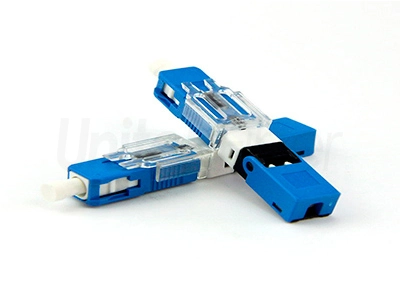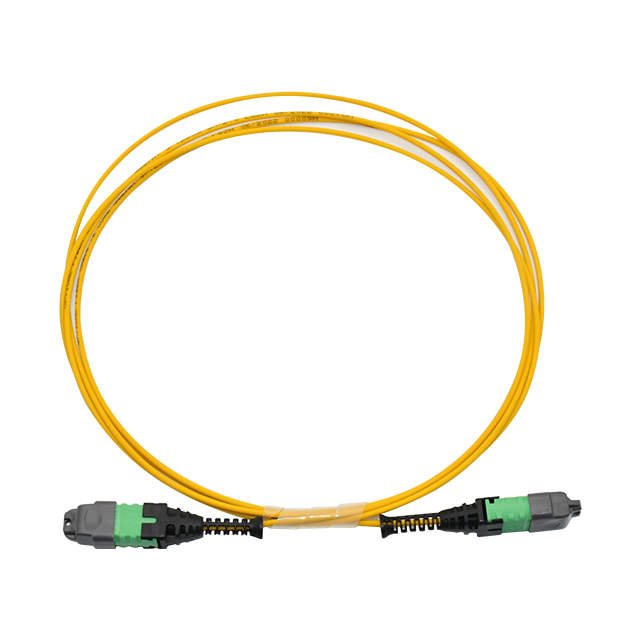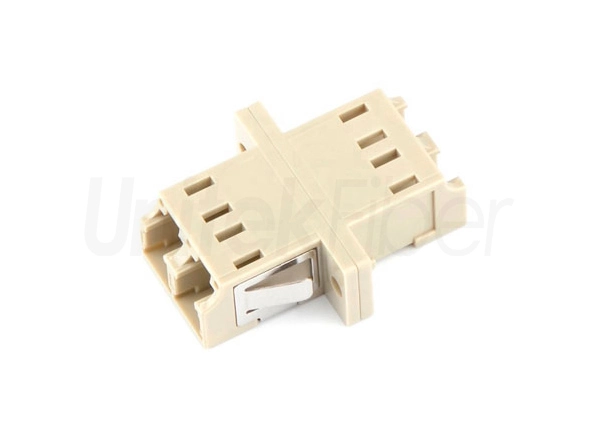
Key words: Optical transceiver, optical module, MPO/MTP jumper, optical switch, High-density data center

5G, big data, artificial intelligence and other technologies have higher requirements for data processing and network bandwidth. Data centers need to continuously increase network bandwidth to meet them. Therefore, data centers have an urgent need to increase network bandwidth during this period, especially for the data center of internet. The most direct way to increase network bandwidth is to increase the single-port network bandwidth, from 40G to 100G, from 100G to 200G / 400G and even higher, thereby increasing the bandwidth of the entire data center. Experts have predicted that most 400GbE deployments will gradually grow in 2020. 400GbE switches will be used as spine or core switches for ultra-large-scale data centers, as well as spine or backbone switches for private and public cloud data centers. We must know that 100G has only been popularized for two to three years, and now it is about to transition to 400G, and network bandwidth is increasing faster and faster.
On the one hand, the data center has a strong demand for high-speed transceivers, and on the other hand, the optical transceiver module failure rate remains high. Compared with 1G, 10G, 40G, 100G, 200G or even 400G, the failure rate is much higher intuitively. Of course, the process complexity of these high-speed optical transceivers is much higher than that of low-speed optical transceivers. For example, a 40G optical transceiver is essentially bonded by 4x10G channels and working at the same time, which is equivalent to 4x10G working, as long as there is a problem with one path , The entire 40G can no longer be used, the failure rate is of course higher than that of 10G. And the optical transcenver module has to realize the coordination of 4 optical paths, and the error probability is naturally higher. This is especially true for 100G. Some are bound through 10x10G channels, and some use new optical technologies. These will increase the possibility of errors. Not to mention the higher speed, the technology maturity is not high. Like 400G optical transceiver technology introduced to the market in 2019, there is bound to be a small upsurge in failure rate. Fortunately, there will not be a lot of usage at the beginning. With the continuous improvement of technology, we believe it will gradually stabilize like a vulgar module.
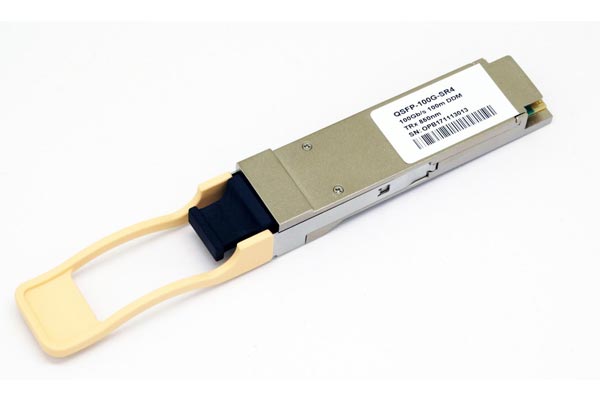
The failure of the optical transceiver rarely has a major impact on the business. The links in the data center are redundantly backed up. If the optical module of one link fails, the business can go through other links. If it is a CRC error packet, it can also be found immediately through the network management, and it can be replaced as soon as possible. Therefore, the failure of the optical transceiver module rarely has a major impact on the business. In rare cases, the device port failure may be caused by the optical module, which may cause the entire device to hang up. This situation is mostly caused by unreasonable device implementation and rarely occurs. Most optical transceivers and devices are loosely coupled, although they are connected together, there is no coupling relationship. Therefore, although high-speed optical modules are often broken in use, they have little impact on the business. Generally, people will not pay attention to them. The optical transceiver module is directly replaced when it is found to be faulty, and the maintenance time of the high-speed optical transceiver module is also long. If it fails, it is basically replaced for free, and the loss is not big.
The faults of the optical transceiver are mostly manifested in phenomena such as the port cannot be UP, the optical transceiver cannot be recognized, and the port CRC error packet. These faults are related to the device, the optical transceiver module itself, and the link quality. Especially for the wrong report and the failure to UP in particular, it is difficult to judge the location of the fault from the software technology. Some are still adaptation problems. There is no problem on both the two parties, but they have not been debugged and adapted to each other, which makes it impossible to work together. There are many such cases, so many network devices will give a list of adapted optical modules, and require customers to use their own adapted optical modules to ensure stable availability.If you encounter a failure, the best method is still to rotate the test, change the link fiber, change the module, and change the port. Through this series of tests, confirm whether it is an optical transceiver module problem or a link or device port problem. Fortunately, this type of failure phenomenon is generally more certain, and it is difficult to deal with that type of failure phenomenon that is not fixed. For example, if there is a CRC error packet on the port, pull out the optical transceiver module directly and replace it with a new one. The failure phenomenon disappears, and then the original optical module is replaced. The failure does not recur. It is difficult to judge whether it is the optical module problem. This situation is often encountered in actual use, which makes it difficult to judge.
How to reduce the failure rate of opticaltransceivermodules?
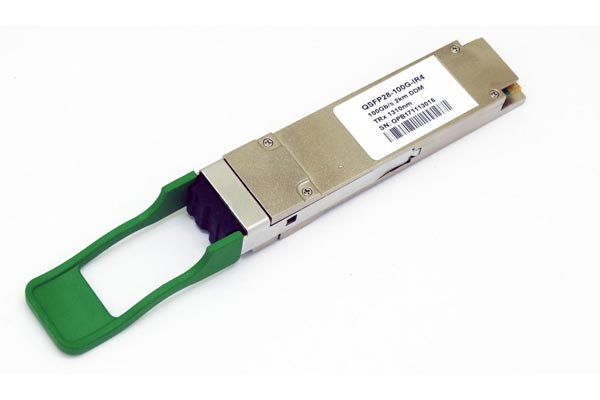
First, grasp the source, optical transceiver modules with higher bandwidth should not be rushed to the market, full experiments are required. Moreover, high-speed transceiver need to be implemented with corresponding equipment, and these technologies also need to be
perfected to be mature. Don’t simply pursue high-speed, the new high-speed transceiver modules should be introduced into the market smoothly. Now network equipment supports multi-port bundling. If 400G does not work, 4x100G bundling can also meet the demand; Second, pay attention to the introduction of high-speed optical transceiver modules. Network equipment vendors and data center customers must be cautious in introducing high-speed optical transceiver modules, increasing rigorous testing of high-speed optical transceivers, and resolutely filter products with defective quality. The high-speed optical transceiver on the market now has fierce competition. They all hope to seize the opportunity in the new high-speed module, but the quality and price are uneven. This requires network equipment vendors and data center customers to increase their assessment efforts. The higher the rate of the module, the more complex the verification; Third, the optical transceiver module is actually a highly integrated device. The exposed fiber channel and internal components are relatively fragile. When using it, handle it with care and wear clean gloves to avoid falling into dust. These will also reduce the failure rate.The optical transceiver module that is not in use should be equipped with a fiber cap and put in a bag. Fourth, there are as few extreme situations as possible. For example, 100G optical transceivers are used close to the speed limit for a long time,and the optical transceiver module with a distance of 200 meters be used at a distance of 200 meters. The use of these limit boundary values causes greater loss of optical modules. It is like a human being. People working in an air-conditioned room with a temperature of 24℃to 26℃have high working efficiency. In a high-temperature environment of 35℃outdoors,they cannot concentrate for a long time and work efficiency is extremely low. Providing a comfortable environment for the optical transceiver module can effectively extend the service life of the optical transceiver.
With the growth of massive data, data center bandwidth requirements are getting higher and higher, and the introduction of higher-speed optical transceiver modules has become the essential path, and the quality must be controlled. If new high-speed optical transceiver modules frequently hit a wall in the market, they will not escape the result of being eliminated. Of course, any new technology has a mature process, and high-speed optical transceivers are no exception. They need for continuous technological innovation, solve various problems, improve optical module quality and reduce failure probability. High-speed optical transceiver modules are the profit engine of module manufacturers, and they have been a battleground for previous generations of module manufacturers. Quality control must be strictly controlled.
UnitekFiber specializes in the production and sales of optical transceiver modules, fiber switch, fiber optical panels, Fiber Cable Assembling for high-density data center etc.If you need more information or support on fiber optical products, please don’t hesitate to contact us sales@unitekfiber.com, we will try our best to support you.

